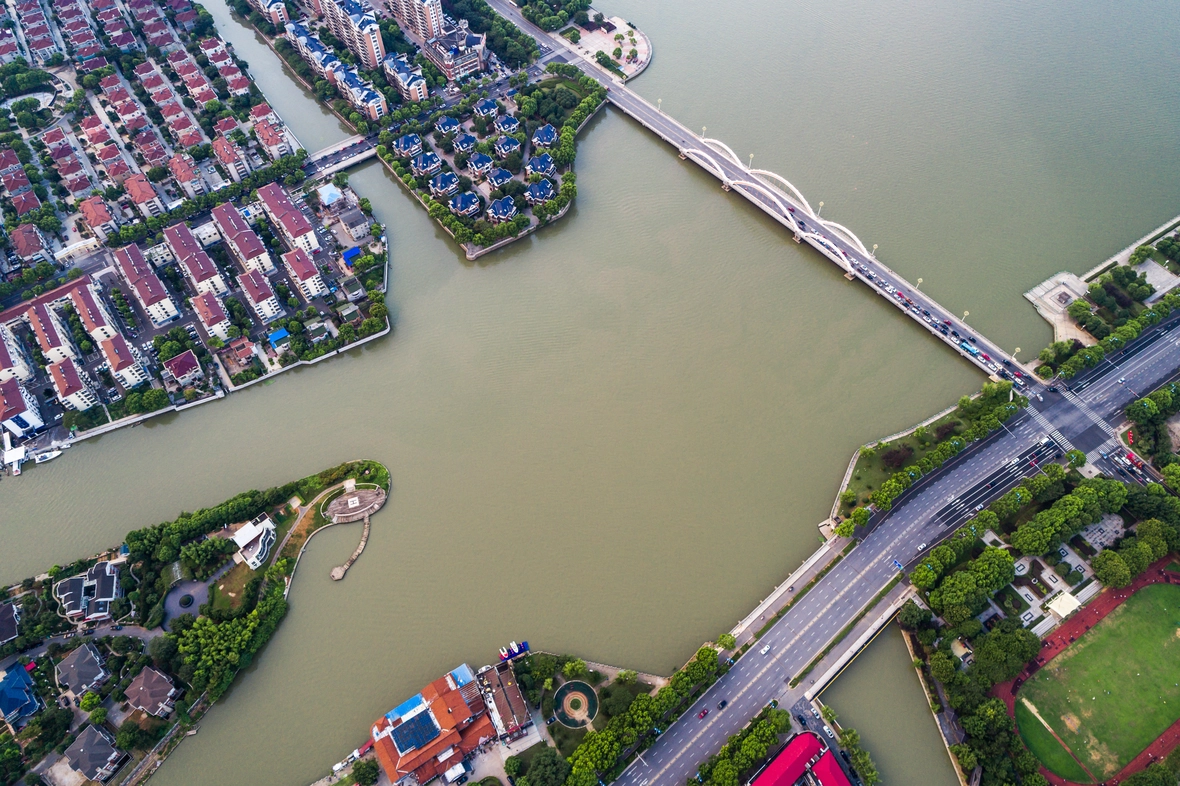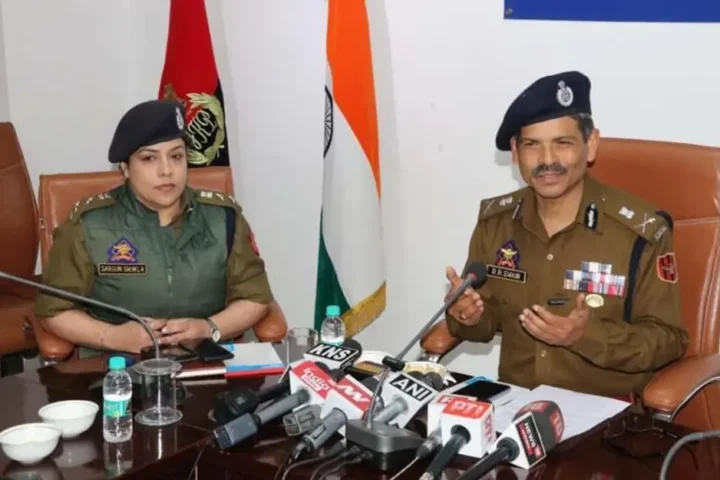India grapples annually with the twin challenges of floods and droughts, both driven by the monsoon season. Despite contributing 75% of annual rainfall, the monsoon remains erratic and unpredictable. As the 2023 monsoon progresses, floods are once again causing destruction. The staggering statistics underline the gravity: an average of one major flood event annually, causing loss of life and extensive damage.
Causes of Floods in India
1. Heavy Rainfall: Monsoons bring intense rainfall, sometimes exceeding soil and drainage capacities.
2. Snowmelt: Rising temperatures cause mountain snow and glaciers to melt, leading to increased river flow.
3. Cyclones and Storms: Coastal areas experience heavy rains and storm surges, causing coastal flooding.
4. River Overflow: Excessive inflow or reduced outflow due to factors like rainfall, dams, and siltation can cause rivers to overflow.
Impacts of Floods
1. Loss of Life: Drowning, injuries, infections, and electrocution cause fatalities. Approximately 1,600 lives are lost annually.
2. Property Damage: Houses, infrastructure, crops, and assets suffer extensive damage.
3. Displacement: People are forced to leave homes, leading to humanitarian crises.
4. Environmental Degradation: Erosion, habitat alteration, pollution, and landslide risks disrupt ecosystems.
5. Economic Losses: Floods reduce agricultural output, disrupt industries, trade, and commerce, and cost about $14 billion annually.
Flood Management Solutions
1. Storage Reservoirs: Artificial structures store water during high flows, releasing during low flows.
2. Embankments: Raised structures confine water, diverting excess flow or increasing carrying capacity.
3. Diversions: Structures transfer water to less vulnerable areas or storage reservoirs.
4. Flood Forecasting and Warning: Provides advance estimates based on meteorological and hydrological data.
5. Flood Plain Zoning: Restricts land use in flood-prone areas to minimize exposure and damage.
6. Flood Insurance: Provides compensation for losses, encourages risk reduction, and creates a flood risk database.
7. Flood Awareness and Education: Raises awareness, imparts knowledge, and builds a culture of safety and resilience.
A Holistic Approach Forward
Combining structural and non-structural measures, adopting a river basin approach, and upgrading hydro-infrastructure will enhance flood management. Viewing flood flows as a resource and fostering a culture of water conservation will contribute to India’s water security.
In the face of increasing climate variability, proactive flood management is crucial to safeguard lives, property, and the environment.







